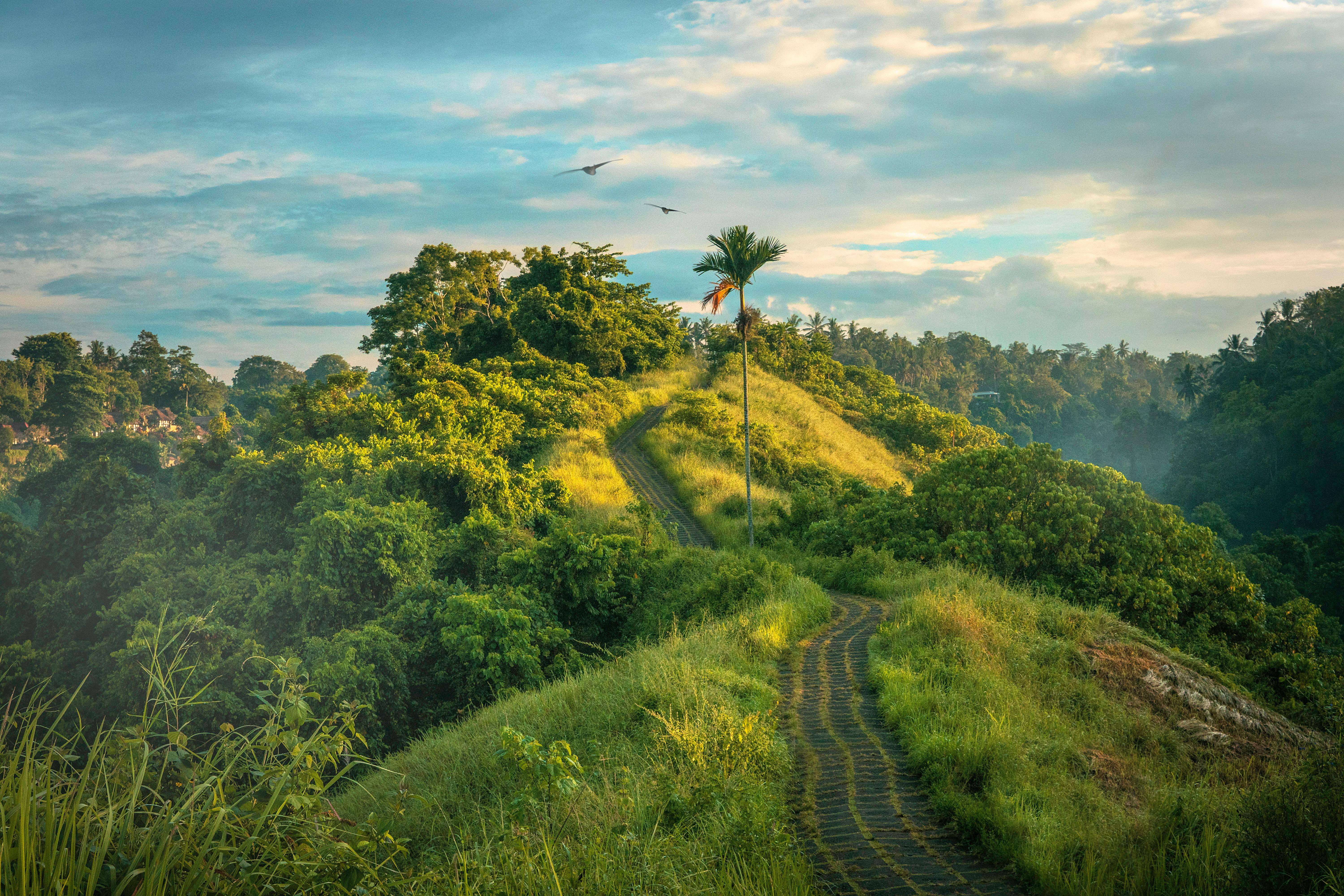
Old San Juan: a historical look
Imagine this as you read.
You are walking down a rough cobbled street. A light breeze runs through your skin and refreshes you on the way. Behind you, the cobblestones continue up a sloping hill and you can see the top of the Cathedral of Saint John the Baptist rising above the surrounding rooftops. In front of you is the Capilla del Cristo – Capilla de Cristo – showing its 240 years old, but it is kept in good condition. Beyond the chapel, you can see on both sides, the Bay of San Juan glistening blue in the sunlight. A huge cruise ship passes from right to left as it prepares to park at the nearby dock. To your left is a small museum dedicated to preserving the island’s cultural art, and to your right is a small park that resounds with the laughter of the schoolchildren who feed the hundreds of pigeons that live there.
Taking a few steps forward, you approach the small wall that prevents the unfortunate victims from falling and dying. You look down and realize that it is not actually a short wall as you initially thought, but is actually the top of a fifteen meter high defensive barricade that was built almost four centuries ago. Looking down around your feet, you notice that the cobblestones do not look the same as the cobblestones of the continental United States. They are not brick red, but are stained blue and are cast iron slag. They were used as ballast on the ships that crossed from Spain to San Juan, to keep them balanced in the waves of the ocean. After reaching the port, they were thrown from the ships and used to build cobblestone streets. Which ship in particular these cobblestones came to, you don’t know. But it doesn’t take much imagination to conceive the possibility that they arrived on the same ship that was carrying Juan Ponce de León, or possibly even Christopher Columbus.
Turning around and back in the other direction, you pass four- and five-story tall buildings with intricate facades and blue and yellow paint schemes. Traveling two blocks north takes you to a park dedicated to the wild cats of Old San Juan, and if you look around carefully, you will actually see several of the beautiful felines lounging in a corner, intently observing the humans that surround them. The park has monuments to cats, with their necks stretched out in curiosity, and a huge tree dominates the center, casting a beautiful shadow over the entire area. Sit here and relax or continue on your way. Immediately to your right as the Cathedral of San Juan, and although it cannot be immediately distinguished from the outside, you quickly realize that this is the second oldest cathedral in the Western Hemisphere, and it is reaching its 500th anniversary in 2021. A to his left, recently celebrating its 350th anniversary, is Puerto Rico’s first convent, El Convento. Now one of the best hotels in Old San Juan, it welcomes members of the high society from all over the world and also has a charming restaurant that serves breakfast, lunch, dinner and a wide variety of drinks. Turning left here, you walk down another aged cobbled street and go through a wall. Standing on the path that crosses the lower part of the street, you look up and read the Latin inscription above the door you passed through: “Benedictus Qui Venit In Nomine Domini” – “Blessed is he who comes in the name of the Lord “
This gate used to be the main entrance to the city and the docks were just below. Sailors knelt at the gate when disembarking and prayed in gratitude to God for allowing them safe passage. As you walk away from the gate, walk down the path to your left and look into the full range of defensive walls that you noticed earlier, in the chapel. Pock marks pepper the walls, evidence of centuries of failed invasions. You can almost hear musket and cannon fire from high on the walls as the Spanish defenders fought Francis Drake and a host of other English and Dutch invaders.
Old San Juan is a must see for any history buff, whether you prefer European or American tales. Everything fits in Puerto Rico. Isla del Encanto is the birthplace of European culture in the Americas, discovered by Columbus in 1493. Old San Juan is the second oldest European city in the Western Hemisphere, approaching its 500th anniversary in 2012. Although It may not be as old as Dresden or Brighton or Rome or a number of other European cities, you can be sure that you will always be blessed with a climate that is only seen in a tropical paradise, as well as that the city will never be paved. with condominiums or high-rise hotels. . Of all the ancient cities in the world, Old San Juan may be the best to maintain its identity and not get lost in the wave of tourism that crashes ashore 24 hours a day.